The theme for International Women’s Day (May 8) is “For ALL women and girls Rights. Equality. Empowerment.” It is focused on making sure no one is left behind, and on creating change. You can find out more from the United Nations. In this month's blog post and corresponding display, you can find some of our newest materials telling the stories of women in music and how they are working for equality in the industry. We encourage you to come in person and sign out any of these materials – the display can be found next to our circulation desk!
Language note: we have used the language of woman and women in this blog post however in this we mean all those who identify as women.
Highlighting stories of women in music

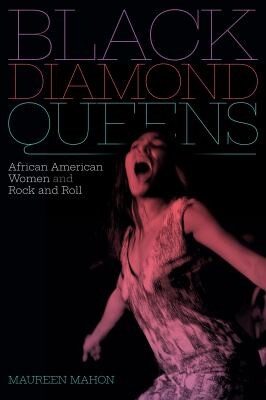
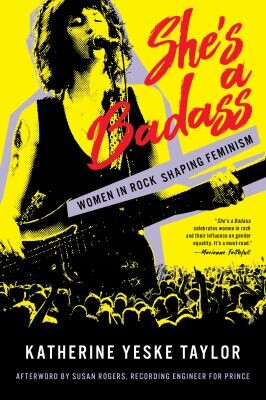
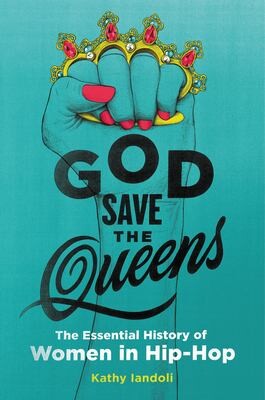
- Punk revolution!: an oral history of punk rock politics and activism, edited by John Malkin, foreword by Klee Benally. This book interviews 250 musicians and activists in the punk rock scene. Recommended chapter: “Equal but different: gender & feminism in punk.”
- Black diamond queens: African American women and rock and roll by Maureen Mahon tells the stories of Black women in rock from the 1950s-1980s, and how they negotiated gender and race in their careers. Recommended chapter: “LaVern Baker, the incredible disappearing queen of rock and roll.”
- She’s a badass: women in rock shaping feminism by Katherine Yeske Taylor profiles women in rock and their transformation of the music industry throughout their careers. Recommended chapter: “Fefe Dobson.”
- God save the queens: the essential history of women in hip-hop by Kathy Iandoli follows influential women in hip-hop in a wide-reaching piece of musical journalism. Recommended chapter: “Southern hospitality.”
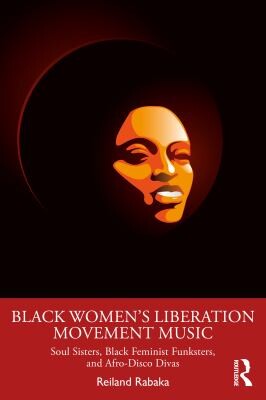

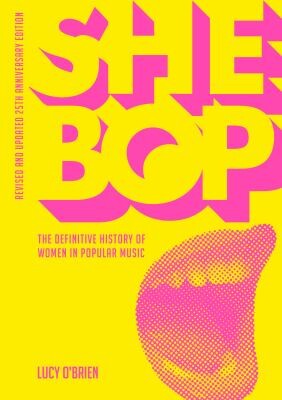
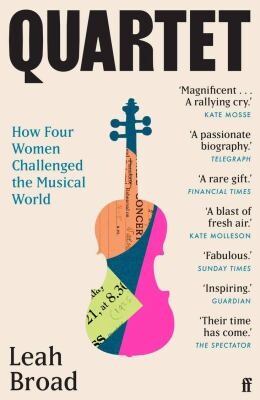
- Black Women’s Liberation Movement Music: Soul Sisters, Black Feminist Funksters, and Afro-Disco Divas by Reiland Tabaka charts the forms of Black feminism that took place in the Black Women’s Liberation Movement in the 1960s-70s. Recommended chapter: “Black musical feminism.”
- Hidden harmonies: women and music in popular entertainment by Paula J. Bishop are the stories of lesser-known female musicians throughout history. Recommended chapter: “Finding Hidden Women in the Feminist Narrative: Candie Carawan and Music in the Civil Rights Movement.”
- She bop: the definitive history of women in popular music by Lucy O’Brien includes almost 300 interviews with women artists and those who work in music production, detailing stories from 1920-today. Recommended chapter: “She wears the trousers.”
- Quartet: how four women challenged the musical world by Leah Broad is a long-ranging story of four female British composers, rooted in archival documentation of the time period. Recommended chapter: “Ethel.”
Women around the world
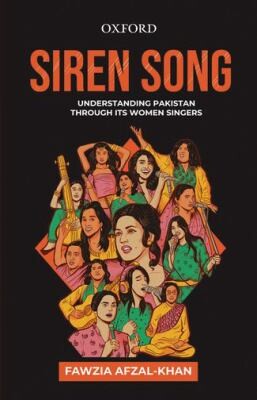
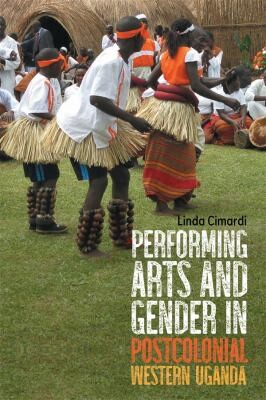
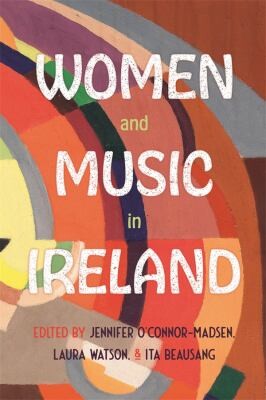
- Siren song: understanding Pakistan through its women singers by Fawzia Afzal-Khan explores the experience of women singing in Pakistan through a feminist lens. Recommended chapter: “Feminist mediations: the sacred and the secular in three Pakistani female singers’ oeuvre.”
- Performing arts and gender in postcolonial western Uganda by Linda Cimardi uses research and fieldwork to illustrate runyege, the genre of music of the Banyoro and Batooro people in Uganda. It showcases the links between this performance art with gender and postcolonialism. Recommended chapter: “Trans-performing and morality in cultural groups.”
- Women and music in Ireland edited by Jennifer O’Connor-Madsen, Laura Watson and Ita Beausang shines a light on the intersections of music and gender in Irish society, in the public, the home, and in educational institutions. Recommended chapter: “We Buried the Heteropatriarchy and Danced on its Grave: Towards a Liberation Movement for Irish Traditional Music” by Tes Slominski.
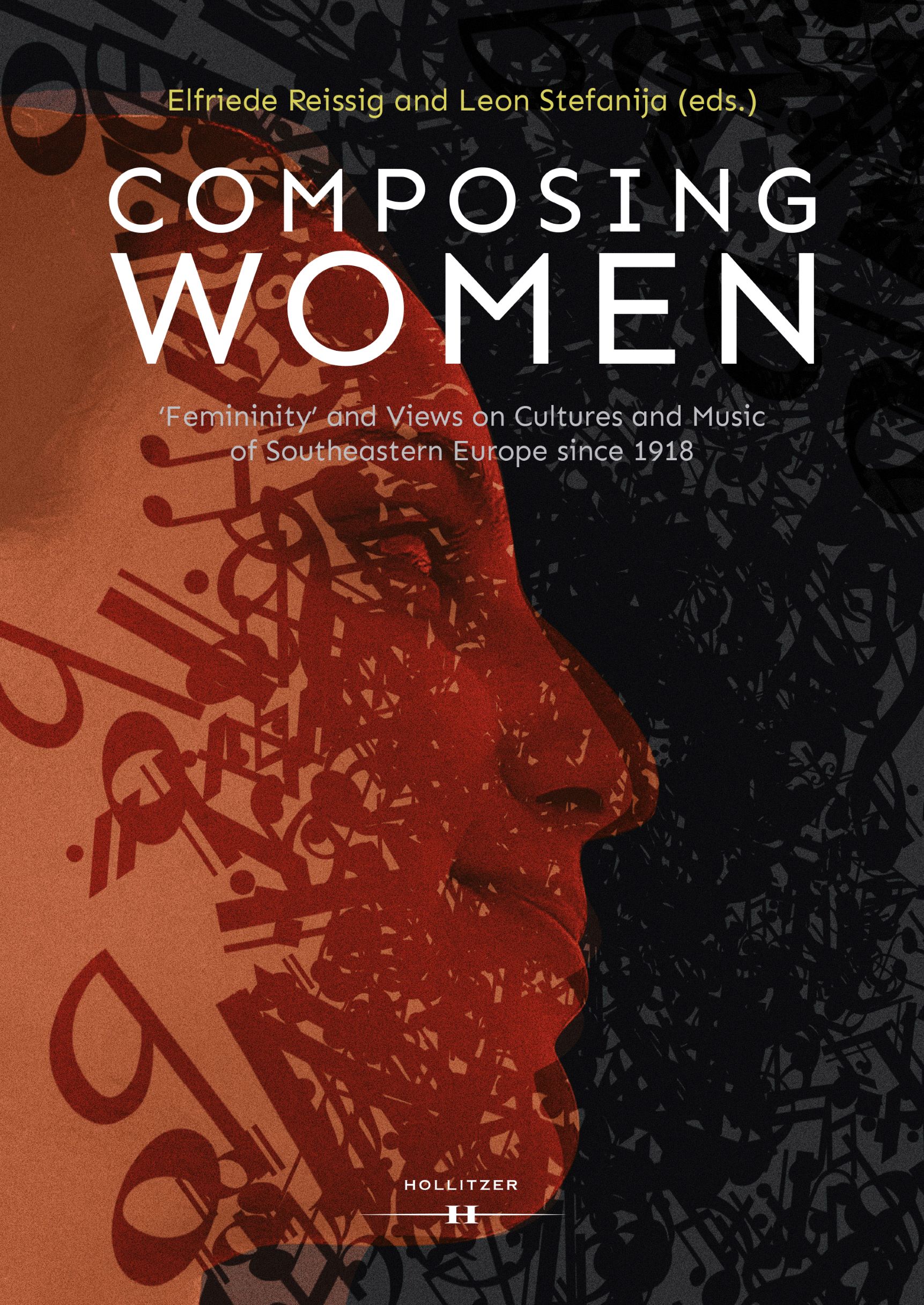



- Composing women: ‘femininity’ and views on cultures, gender and music in Southeastern Europe since 1918 edited by Elfriede Reissig and Leon Stefanija has the stories from musicologists talking about ‘femininity’ within Southeastern-European music from 1918-present. Recommended chapter: “Women’s Voices in Contemporary Music” by Susanne Kogler.
- Rebel girls!: desigualdad de género, discursos y activismo en la industria musical edited by Cande Sánchez-Olmos, Tatiana Hidalgo-Marí, Jesús Segarra-Saavedra. Written in Spanish, this book tells the stories of women in Latin America as they navigate the gender divide. Recommended chapter: “Tunes of struggle for gender equality in Latin American musical practices” by Mercedes Liska.
- Women and music in the age of Austen edited by Linda Zionkowski with Miriam F. Hart tells us about the role of women in Georgian culture, as they transcended the boundaries of class and gender. Recommended chapter: “Female musical entrepreneurship in the eighteenth century” by Alison C. DeSimone.
- The nurse in history and opera: from servant to sister by Judith Barger uses the nurse character found in over 100 operas to investigate how women’s status is viewed within opera and in the broader society. Recommended chapter: “Nurses off Stage: From Sacred to Secular.”
Gender and music

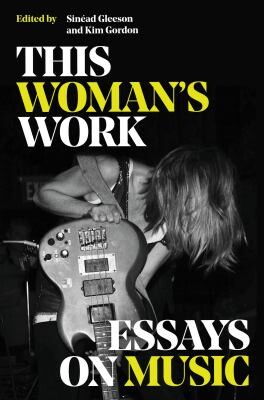
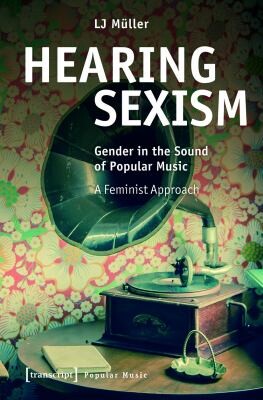

- Towards gender equality in the music industry: education, practice and strategies for change edited by Sarah Raine and Catherine Strong is based on research of the music industry and helps to explain why gender imbalances are so deeply rooted, while exploring ways to make this meaningfully change through education, practices, and activism. Recommended chapter: “Princess Nokia and Urban Feminism in a New Era of Hip Hop” by Hodan Omar Elmi.
- This woman’s work: essays on music, edited by Sinéad Gleeson and Kim Gordon is a collection of essays written by female creators that tell the stories of the female artists that are most important to them. It tells stories of women fighting for their own spaces, and those breaking norms and genres. Recommended chapter: “Music on the internet has no context” by Kim Gordon.
- Hearing sexism: gender in the sound of popular music – a feminist approach by L J Müller investigates how gender can be performed vocally – using music to discuss different forms of sexism. Recommended chapter: “’Authenticity’ as an Implicitly Masculine Norm.”
- Women in American operas of the 1950s: undoing gendered archetypes by Monica A. Hershberger tells the story of how women pushed at the boundaries of the American opera house, through their performances, beginning in the 1950s. Recommended chapter: “A “really vicious monster”: Lizzie Andrew Borden.”
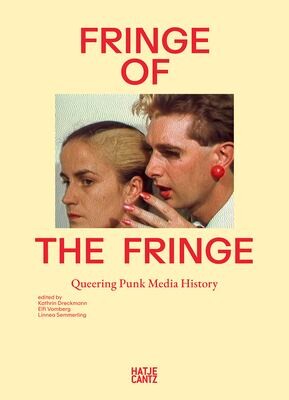
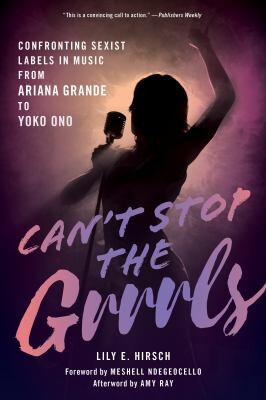
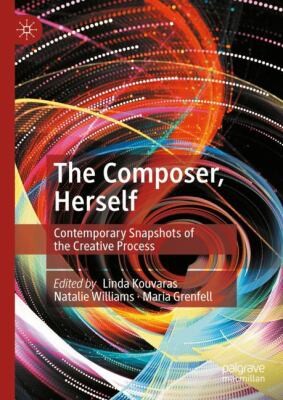
- Fringe of the fringe: queering punk media history edited by Kathrin Dreckmann, Linnea Semmerling, and Elfi Vomberg is an exploration of multimedia art as a way to transgress gender stereotypes. Recommended chapter: “Big men and crybabies: the situating of women* in punk and memory/archival practices in (post-)socialist Poland” by Jennifer Ramme.
- Feminism and gender politics in mediated popular music by Ann Werner investigates the relationship between feminism and pop music, looking at popular examples to demonstrate how this plays out. Recommended chapter: “Keychange: Gender equality work in the popular music industries.”
- Can’t stop the grrrls: confronting sexist labels in pop music from Ariana Grande to Yoko Ono by Lily E. Hirsch is a linguistic look at how we refer to female musicians and what the impact of that labeling is. It pushes us to change those labels and think about women on their own terms. Recommended chapter: “Taking back b*tch.”
- The Composer, Herself: Contemporary Snapshots of the Creative Process edited by Linda Kouvaras, Natalie Williams, Maria Grenfell contains 27 essays from composers around the world about what it is like to be a woman composer. This book recounts how it feels to be a woman composer, and what kinds of challenges there still exist in this discipline. Recommended chapter: “Democracy and Collective Composition” by Cathy Milliken.
Music
 Oeuvres vocales religieuses en 5 volumes. Vol. 3, Messes pour choeur aquatre voix mixtes à cappella composed by Mel Bonis.
Oeuvres vocales religieuses en 5 volumes. Vol. 3, Messes pour choeur aquatre voix mixtes à cappella composed by Mel Bonis.
Requiem composed by Courtney Bryan
New standards: 101 lead sheets by women composers edited by Terri Lyne Carrington
I, A.M.: Artist Mother Project: works by Jen Baker, Zosha Di Castri, Natacha Diels, Ha-Yang Kim, Pamelia Stickney & Katherine Young performed by Olivia De Prato
Folk tunes from the women: over 150 contemporary tunes written by 100 female composers from Britain and Ireland curated by Kathryn Tickell
Tristana: (1999) für Violine und Klavier = for violin and piano composed by Ruth Schonthal
New standards. Vol. 1 arranged and performed by Terri Lyne Carrington, Kris Davis, Linda May Han Oh, Nicholas Payton, Matthew Stevens
Il primo amore: Kantate für Sopran und Kammerorchester (1778) composed by Marianne Martinez and edited by Michael Goldbach
Lorelei - Gestrandet : auf Texte von Clemens Brentano, Dagmar Nick, Rose Ausländer, Heinrich Heine : für tiefe Stimme und Klavier = : for low voice and piano composed by Camille van Lunen
Women composers: a graded anthology for piano edited and compiled by Melanie Spanswick